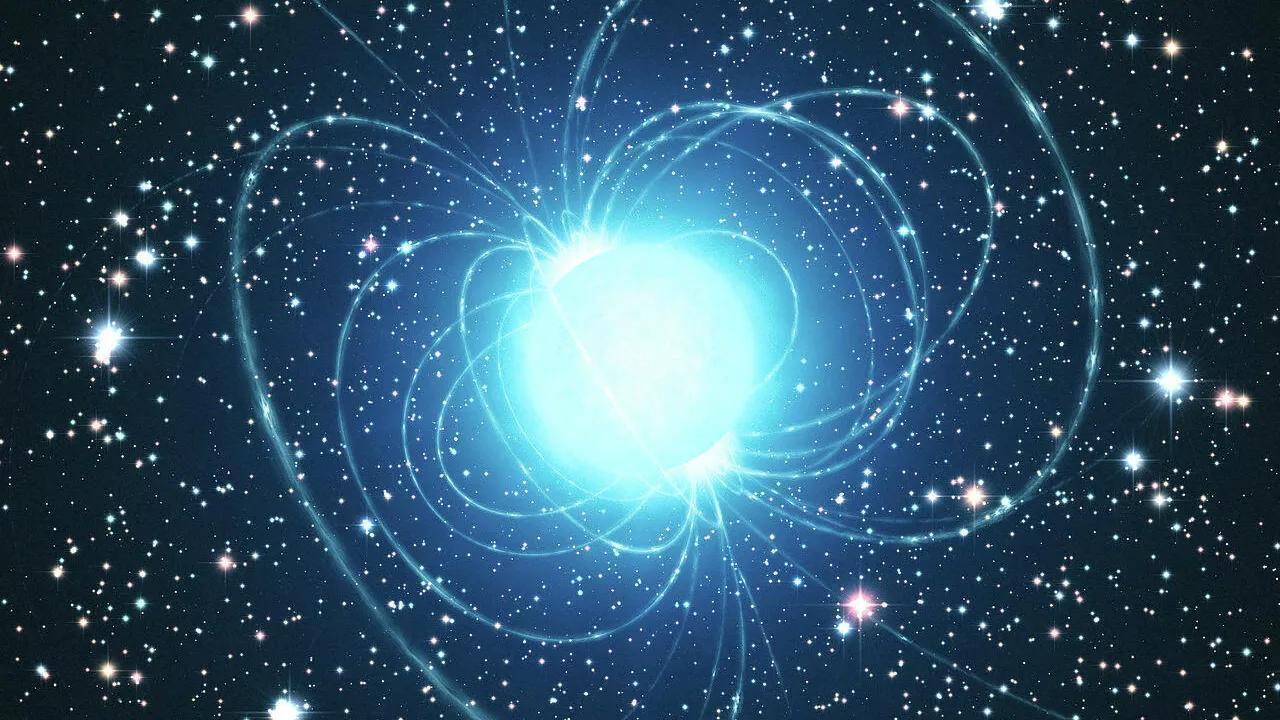Africa-Press – Mauritius. The science team suspects the stellar object might be a new type of magnetar, but its characteristics defy the most basic understanding of how that type of neutron star operates.
Some 15,000 light-years from Earth sits an object named GPM J1839−10 which does something no other stellar object has ever been seen doing: it releases huge bursts of radio waves up to five minutes long, then goes silent for 22 minutes.
The object was first spotted by researchers in Western Australia, who were hunting for a second example of a mysterious object spotted by Tyrone O’Doherty, a doctoral student at Curtin University in Perth, in 2018.
O’Doherty’s object released huge bursts of radio waves every 18 minutes, with each burst lasting about one minute each. The object doesn’t fit any known classification of stellar object, although it has properties similar to magnetars, a type of neutron star with a highly energetic magnetic field.
Magnetars and their cousins, pulsars, emit electromagnetic radiation such as radio waves in regular bursts, according to how fast they spin, but the frequency of those bursts is 12 seconds at the longest and typically less than 1 second – the period on these two objects were 18 minutes and 22 minutes, respectively.
Further, their bursts last for one to several minutes at a time – well beyond the duration of known magnetar or pulsar activity. The reason it isn’t simply classified as another type of magnetar is that known magnetar properties dictate that they can only generate radio wave bursts by orbiting above a certain speed known colloquially as the “death line.
“The object we’ve discovered is spinning way too slowly to produce radio waves – it’s below the death line,” Hurley-Walker said.
Hurley Walker’s team also looked at past data and found something remarkable: the object had actually been appearing in telescope images for more than 30 years.
“It showed up in observations by the Giant Metrewave Radio Telescope (GMRT) in India, and the Very Large Array (VLA) in the USA had observations dating as far back as 1988,” she said.
For More News And Analysis About Mauritius Follow Africa-Press







